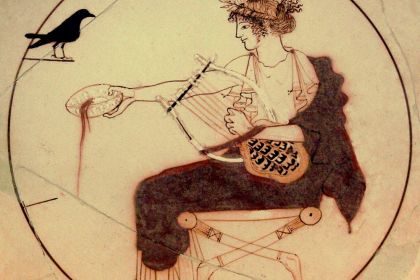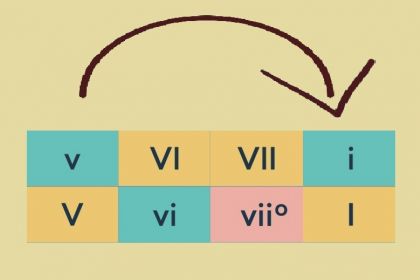Music Theory
Picardy third: cadence for a happy ending in classical music and popular songs

Chopin meets The Beatles
In musical theory, the term Picardy third is used to refer to a special way of ending a minor piece with a major chord. In this case, there is a kind of subversion of the listener's expectations consisting of the sudden replacement of a minor chord of the tonic by a major chord which, in addition to the element of surprise, generates an emotional response akin to something one might feel when a film has a happy end.
Despite the fact that the “happy third” as a composing device has been used in music since the Renaissance, the very name Picardy third was used for the first time in 1767 by the Genevan philosopher and composer Jean-Jacques Rousseau in his Dictionnaire de Musique. There are several versions of the origin of the term, one of which explains that it comes from the Old French word "picart" meaning "sharp," and thus refers to sharp as a musical function that transforms the minor third of a tonic chord into a major third.
In medieval music, the third was not considered suitable for the end of a piece since this musical interval does not belong to perfect consonances. Subsequently, the third of the tonic chord became a natural element of all musical finals, but it was the major chord that was sometimes used at the end of minor works, given that the major third is considered to be more emotional and musically consonant than the minor third.
Largely thanks to J. S. Bach, Picardy third became a fairly common cadence in the Baroque era but, with the development of new musical forms during the Classical period, this compositional trick was used relatively rarely. In the epoch of Romanticism, the fashion for a musical happy ending resumed again, causing a frequent appearance of Picardy cadence in vocal and instrumental compositions, including extremely popular minor nocturnes for piano by Chopin that mostly end with a major chord.
Listen to Maurizio Pollini perform Chopin's Nocturne in F Minor which ends with F major chord (4:21):
The usage of Picardy cadence isn't limited to the finale of a piece but can be found in various parts of a single work as is often observed in popular music. For example, The Beatles were so fond of this trick that their 1964 album A Hard Day's Night contains as many as three songs in which a minor chord is unexpectedly replaced by a major one.
In Things We Said Today and I'll Be Back, the A major chord is heard at the end of each verse although both songs are set in A minor key. In And I Love Her, Picardy third is applied at the very end when at 2:24 the D major chord replaces the expected D minor with which the verse began.
Listen to The Beatles' And I Love Her:
Another famous The Beatles song with a happy cadence is A Day in the Life that closes Sgt. Pepper's Lonely Hearts Club Band released in 1967. The song, set in the key of E minor, ends with a thunderous E major chord played by John Lennon, Ringo Starr, Paul McCartney, and Mal Evans on three separate pianos at the same time.



